By IDC Staff
•
February 14, 2025
Kendrick Lamar's SuperBowl performance was ingenious. From culturally relevant music to subtle and not-so-subtle messages, he made an impact on the world's biggest stage. Until people began talking about it, I was oblivious to the indirect messages. For example, I did not remember Serena Williams doing the Crip walk at Wimbleton in 2012, and all of the backlash she received. I totally missed the cue that Samuel L. Jackson was "Uncle Sam," similar to his Django Unchained character. Uncle Sam, as a older Black man asked, "Don't you know how to play the game?" as if to make sure that Kendrick Lamar, a younger Black man, knew how to play the game of making Whites feel comfortable by code switching, compromising, and disassociating from Black culture. I also did not understand the imagery behind the dancers forming a divided American flag with a Black man, Kendrick Lamar, in the center of the division. Beyond a few songs, Kendrick Lamar orchestrated a loaded but brilliant performance. As we reflect on what's next for the Diversity, Equity, Inclusion, and Accessibility industry, it is imperative that we understand what's really happening and apply a lens of creativity to our strategy. Currently, we are too reactive and there is a segment of the population who's energized by our shocked and angry reactions. Further, the opposition's playbook is rooted in a skewed or inaccurate version of history; there is no vision for the future. The anti-DEIA movement is designed to overwhelm us with chaos, confusion, and misinformation, as well as to sow division between each identity group. Need examples? The SCOTUS Affirmative Action decision used Asian-Americans to make the case for discrimination in College Admissions with Black and Latino students only. Anti-DEIA messaging stretches this decision to say that SCOTUS rendered all Diversity efforts illegal . That's not true. The "mass deportation" efforts that use camera crews to scare immigrants, although the current rate of deportations will be lower than Joe Biden's 2024 numbers. Why are legal immigrants cheering on deportation? For some of these Americans, an outsider is an outsider, regardless of your legal status. The "Department of Labor" statistic that only 4% of Blacks benefited from DEIA programs. As a result, Blacks were fuming at White women and angry at the DEIA myth. I tried to track down this so-called "Department of Labor" data and the only thing that I could find was a 1995 statistic pertaining to Affirmative Action , which is different from DEIA. The 4% number sounded alot like the data in Figure A, that has been debunked by Diversity experts. As you can see, the 76% number has been repeated in this recent "Department of Labor" statitistic as the percentage of White women that have benefited from DEIA. It's also interesting that the title changed from 'Chief Diversity Officer Statistics by Race' to Here's Who Benefited Most from DEIA. The reason Figure A was debunked is because we don't know how this data was gathered; whether companies who did not have a Chief Diversity Officer simply named their HR Officer as the Inclusion lead; whether this data is regional, national, or international; how many companies participated in this survey; what is the timeframe or date for the data or data collection; why Affirmative Action labels (race and gender) were the only data sets collected for DEIA; or can this data be corroborated by other studies? FIGURE A. DEBUNKED DIVERSITY DATA Let's be careful NOT to go down the rabbit hole with the divisive data, or misinformation, that could be disseminated over the next few years. We need to ask logical questions about the reliability and veracity of the studies. For example, the North Carolina Department of Labor decided to dismantle their Diversity work based on a sloppy study that was published by Rutgers University. In respect to sustaining our work, there are certain questions we must ask: How do we get out of politics and go beyond the business case? Currently, we HOPE every 4-8 years, Diversity work will have a different trajectory. Hope is not enough. So long as Diversity is on the ballot, we are placing our hands in a volatile movement that seeks to retain power in the hands of a few. The same thing with the business case-- CEO's, University Presidents, Nonprofit Executive Directors, Boards, and Shareholders have the power to determine whether Diversity comes or goes. Once again, the impetus for Diversity can shift with changes in leadership. How can we ensure Diversity, Equity, Inclusion, and Accessibility becomes the human-centered element that balances global technological advancements? In a knowledge economy, user experiences are king. Diversity presents a global opportunity to capitalize on understanding user nuances; managing and collecting data that leads to better insights; ensuring that systems are accessible; and delivering safe, truthful, and transparent outputs that result in fair outcomes. Presenting Diversity from this vantage-point can empower our efforts to recruit and engage the next generation of leaders. How do we consistently tell the stories about our impact? It's amazing that so many people still do not know what we do or understand what Diversity is. One thing is for certain, for the first time, people are finally hearing about the terrific work that Diversity, Equity, Inclusion, and Accessibility leaders perform. But it's too late. We're telling these stories as companies/government agencies lay off workers! Who knew that we did all of these meaningful things? Most folks simply listened to anti-DEIA talking points, which neither explained what Diversity is, nor contributed to a dialogue about how it benefits average every-day people. Where do we go from here? There are countless articles saying: DEIA is dead. It is not. Even the NY Post concedes that the anti-DEIA camp can't stop Diversity. Nevertheless, our intent is not simply to keep it going; we want it to thrive. Diversity is the future; it does not center the past. From the demographics and removing barriers to problem solving and innovation, organizations function best when they value inclusive excellence in the workplace and marketplace. Our work must also address how to engage those who felt left behind in our Post-George Floyd push, as well as ensure that different groups can acknowledge their uniqueness while moving forward in unity. Notice that the anti-DEIA needle continues to shift. It went from DEI must die and DEI is dead, to everyone's quitting DEI and DEI is responsible for every disaster. While the anti-DEIA narrative is becoming more tactical, we must address the long-term implications of our work and the means by which we will achieve our goals. This is strategic. To focus on strategy means that we are going to be intentional about: FIGURE B: ACHIEVING LIBERATION IN EMPLOYMENT, EDUCATION & ENTREPRENEURSHIP Removing the props and barriers that prevent true equality and full inclusion (see Figure B); ensuring that everyone is given a fair opportunity; Continuing to integrate and align Diversity, Equity, Inclusion, and Accessibility throughout organizations, systems, and policies; Preparing our organizations for a future where intersectionality, or overlapping identities, will be more important to one's experiences than their race or gender alone; Acquiring better data and insights about changing Behaviors, Expectations, Attitudes, and Needs, as well as applying this new knowledge to all aspects of the business including marketing, technology, research & development, talent management, customer service, investor relations, etc.; and Measuring how Diversity impacts business performance and the bottom line using data analytics. This includes influencing reductions in discrimination, harassment, and retaliation; improving end-to-end experiences for workers and customers; designing fairness initiatives (such as fair pay, flexible work, paid time off, etc.); and prioritizing accessibility. In the words of Kendrick Lamar, "The revolution 'bout to be televised, you picked the right time but the wrong guy." Get more creative-- we're the right people and this is the best time. "Stop Being Reactive" is Part I of a series. Make sure you read what's next for the Diversity industry.

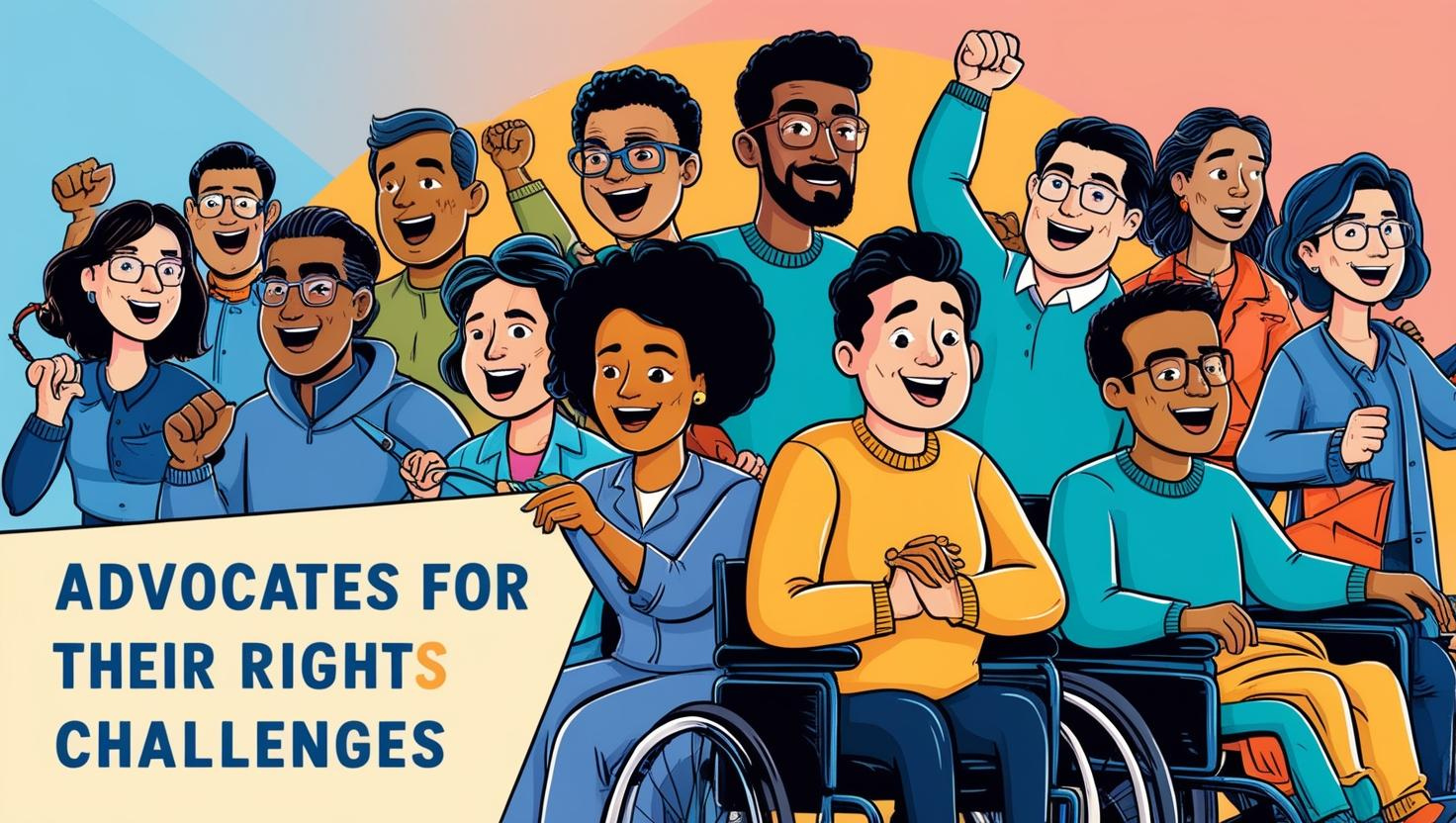

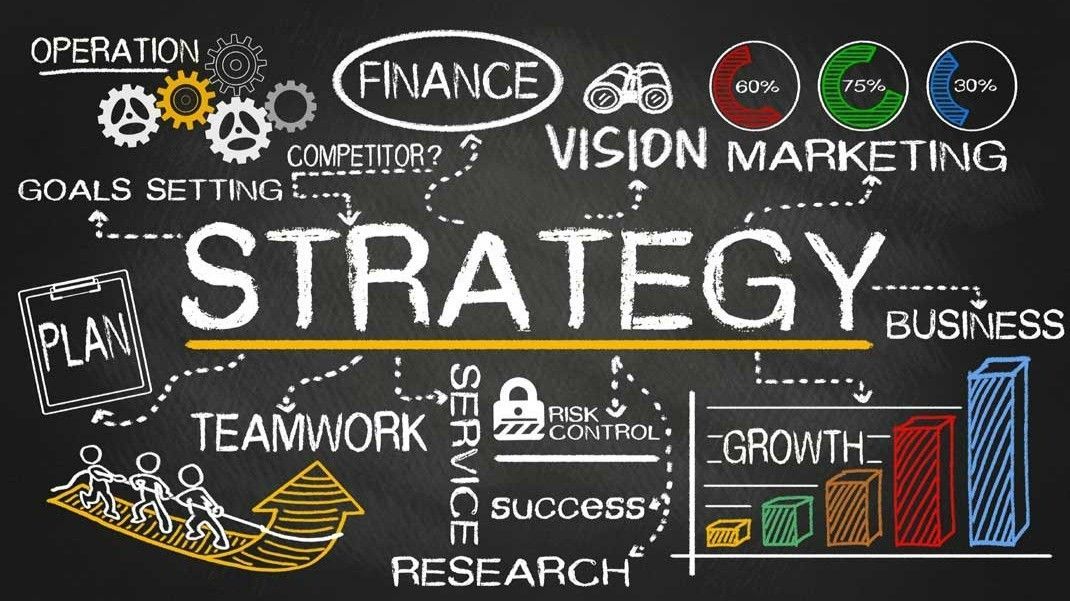
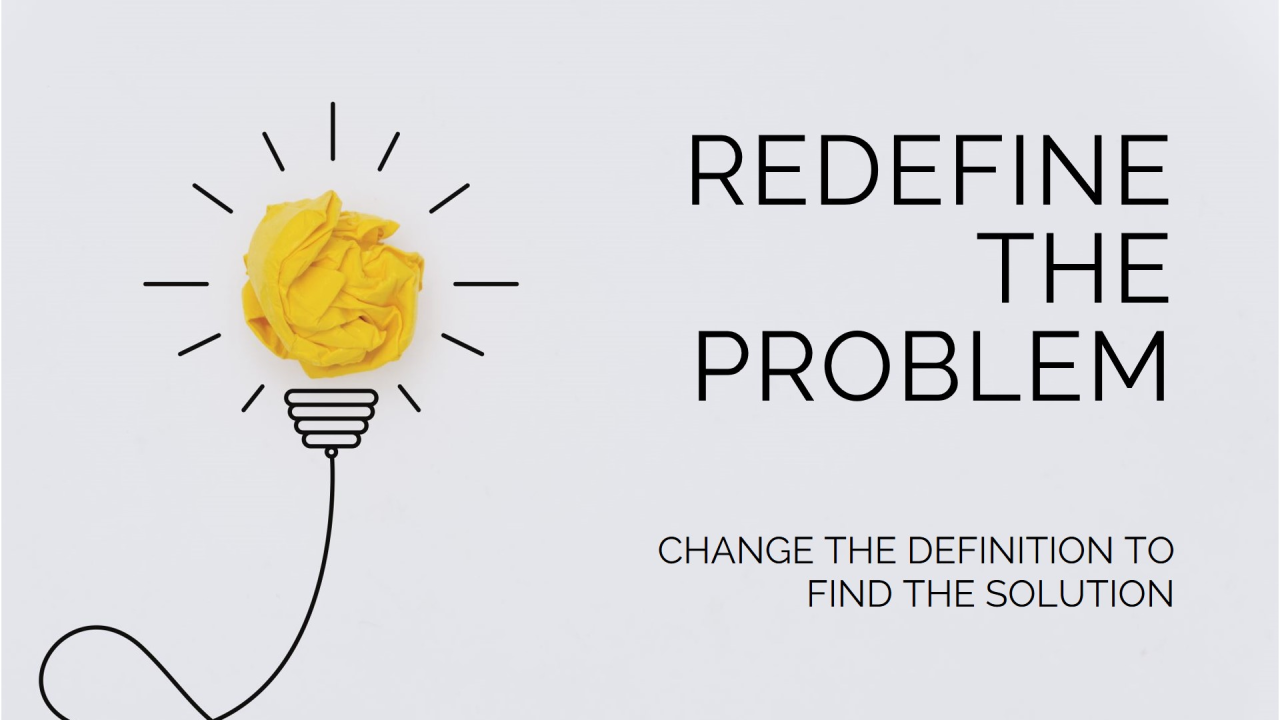

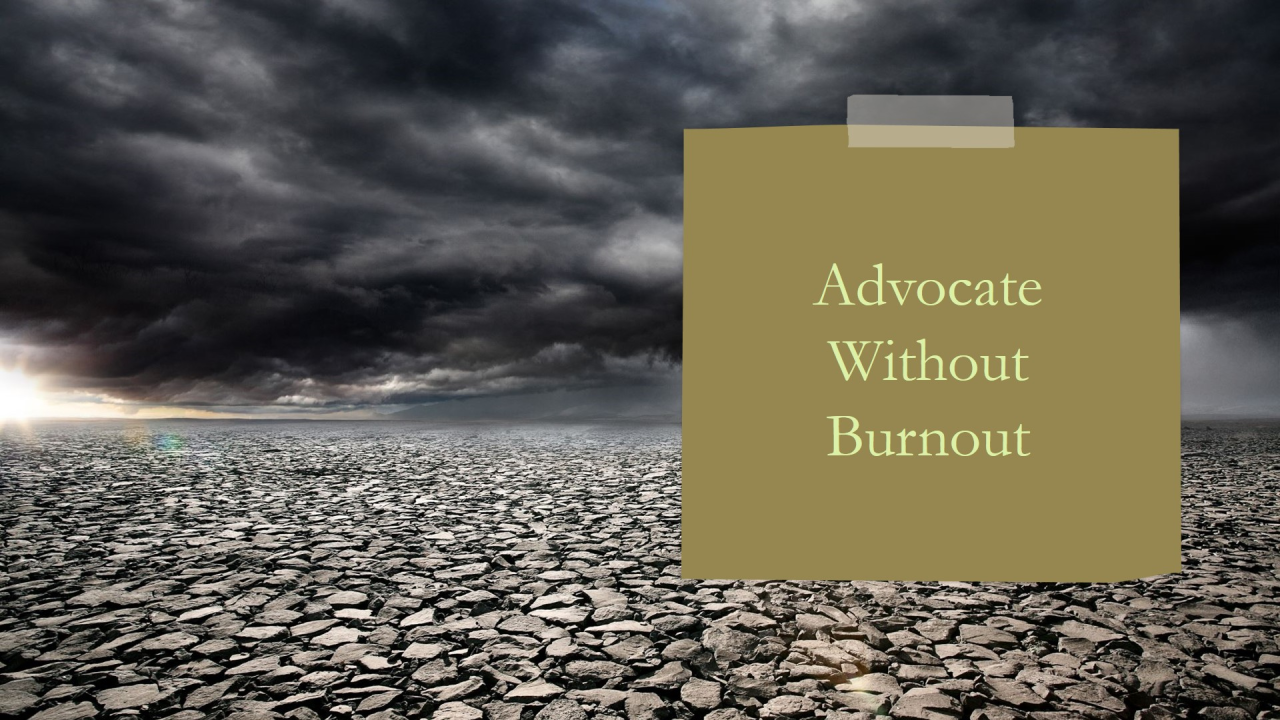
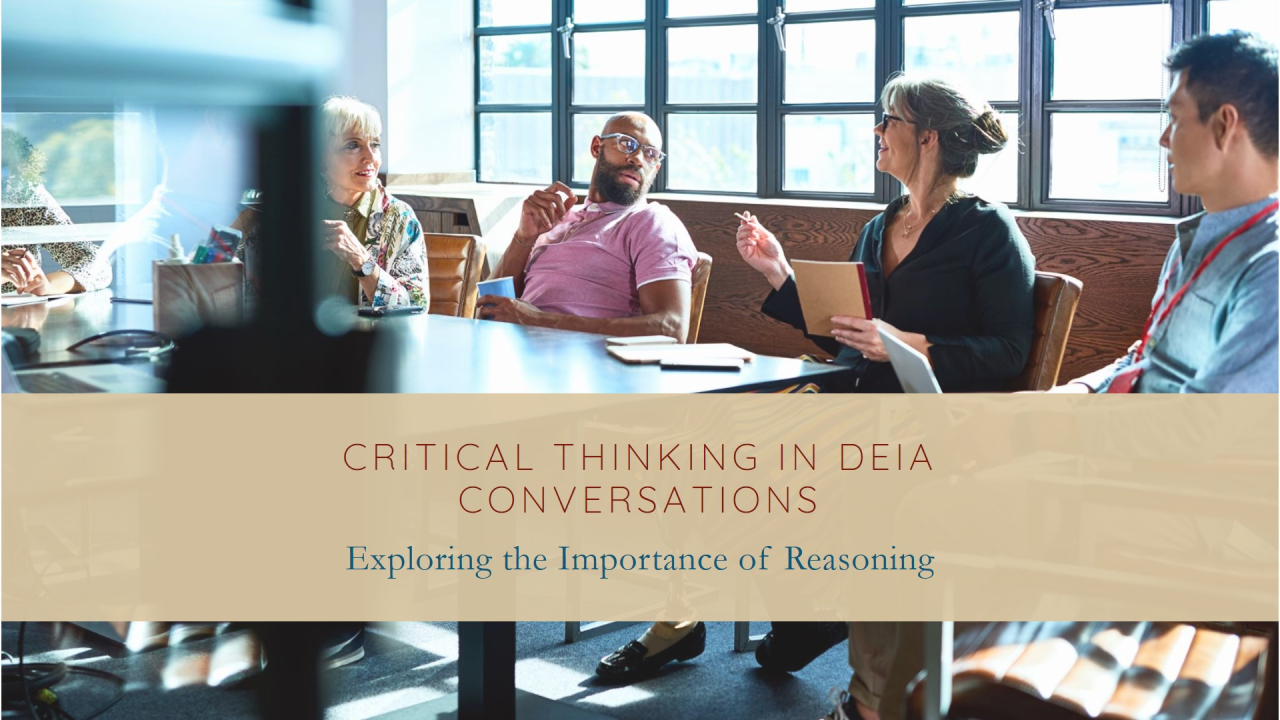



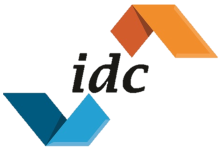
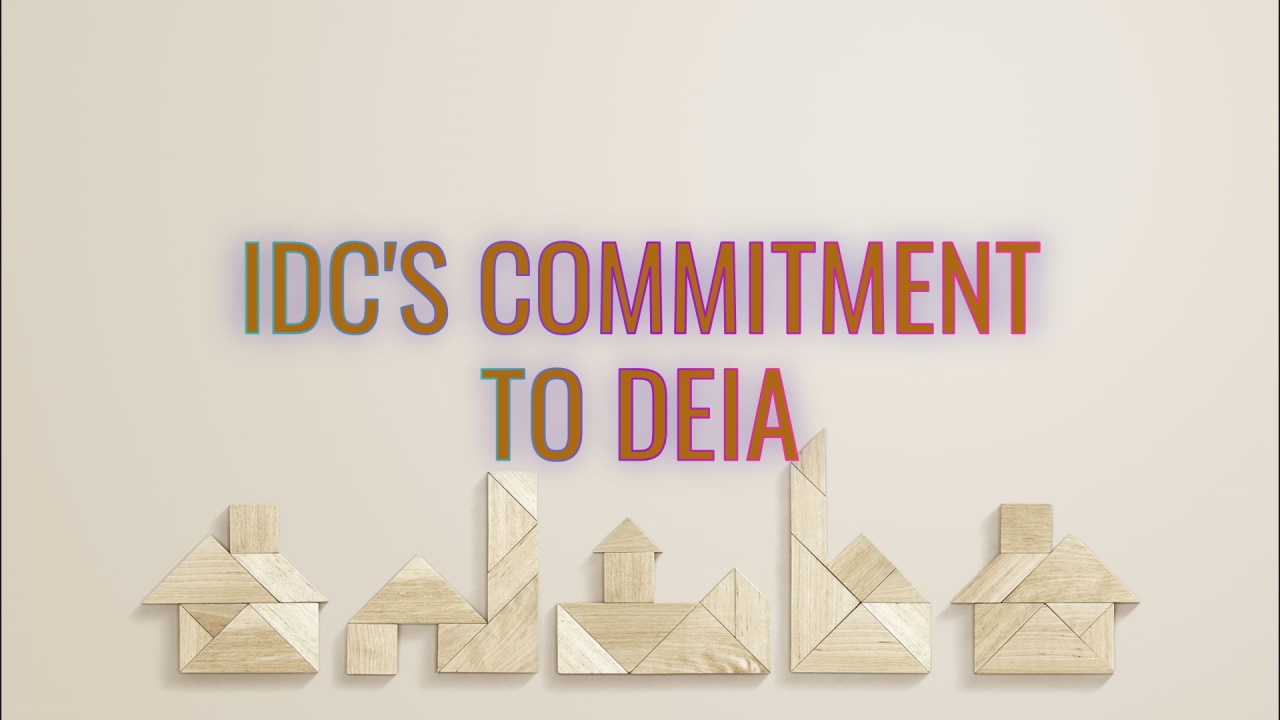
Share On: